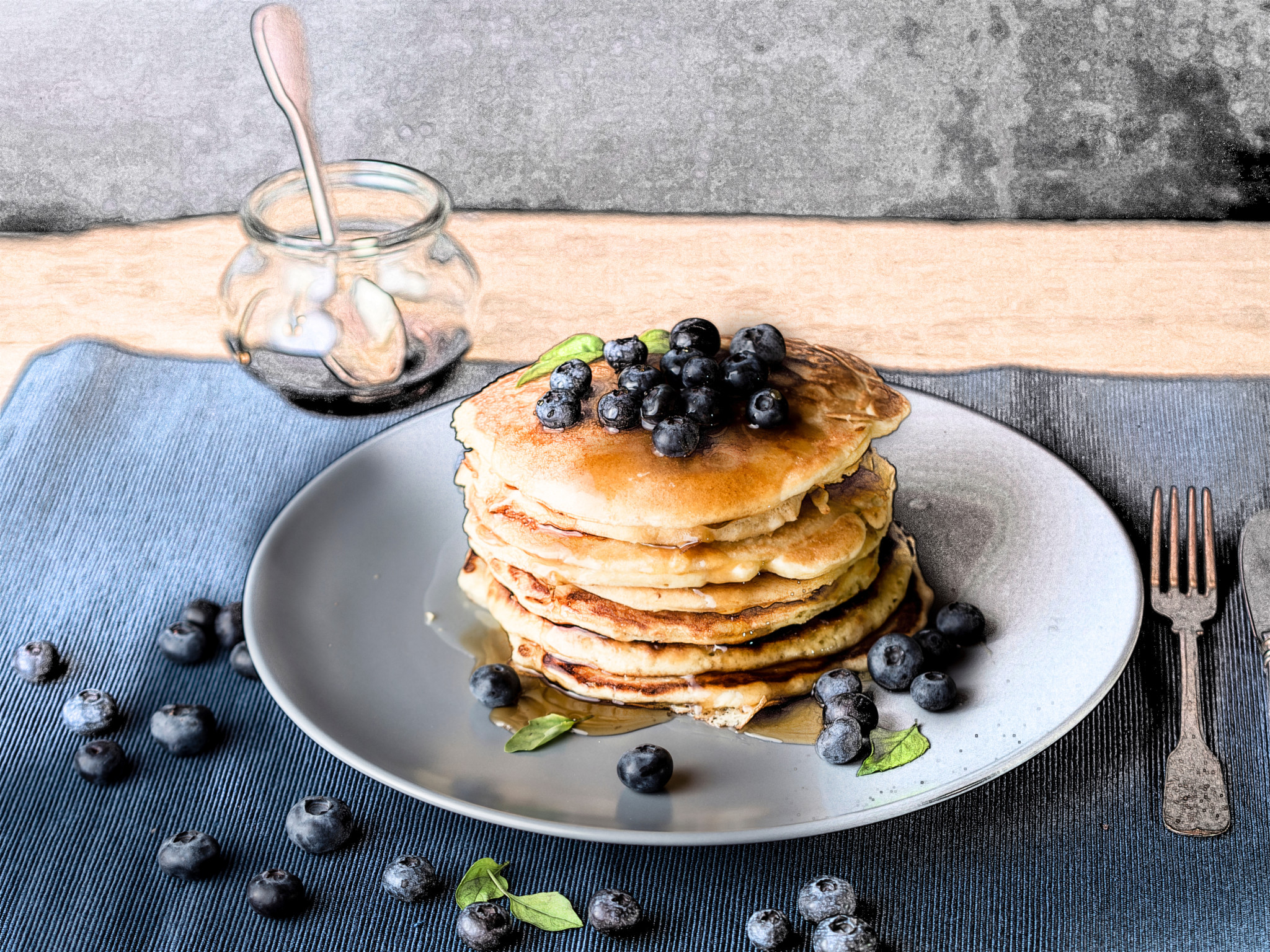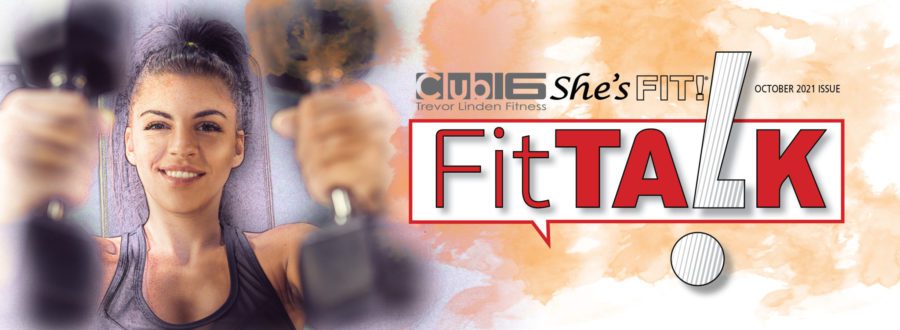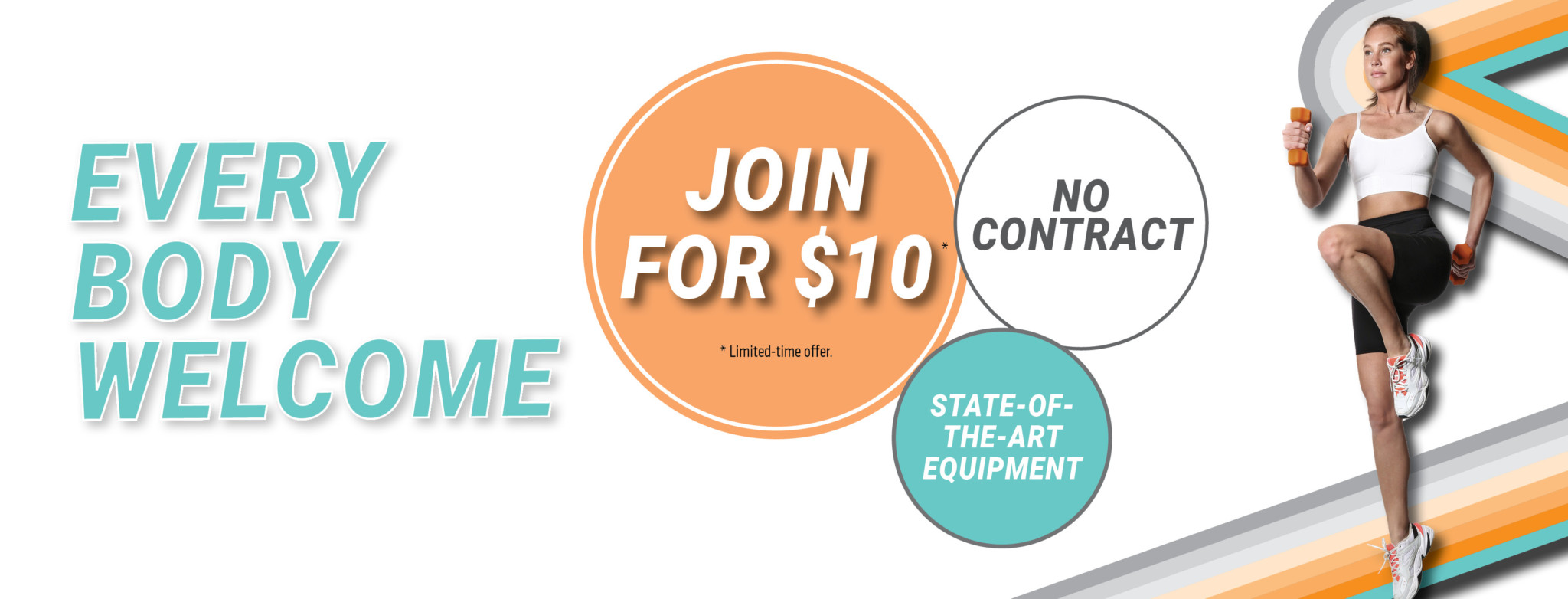How To Lose Fat By Gaining Muscle
By: Coach Brendan Gregory
Since I entered the fitness industry years ago, I’ve seen hundreds of different people’s fitness journeys. Some successful, but also, some often unsuccessful. What separates the successful ones from the unsuccessful ones are typically the long-term results, and the routes that were taken to achieve the goals at hand. Fad diets and false information are a huge reason for confusion and why people have unsuccessful fitness journeys. Luckily, weight loss isn’t as crazy complicated as most people think! Weight loss can be broken down into one simple rule: You must eat less calories than your body burns each day. To figure out how many calories you need to eat per day, you can find a calorie calculator online and type in the required information to find out what your calorie maintenance is. Your calorie maintenance is the number of calories you must eat to neither lose or gain weight.
Once you have your calorie maintenance, there are two routes that I commonly see people take. Route A is the more common of the two, and is definitely the one that I recommend you avoid. Route A consists of eating way too low under your calorie maintenance. For example, someone with a maintenance of 2500 calories that eats 1500 calories or less, would be too low. Someone in route A would also prioritize cardio as their main form of exercise, while doing little to zero resistance training. Although cardio is a great weight loss tool, and is great for your overall health; if that is your main form of exercise paired with a low-calorie intake and low resistance training, very quickly your body will adapt to slow your metabolism, you will lose substantial muscle mass which will also slow your metabolism, and will quickly hit a plateau where you’re no longer losing weight. At this point you have two options: Lower the calories even more and increase the cardio even more, or rebound right back to your starting point, now with less muscle and an even slower metabolism. Now the next time you attempt to lose weight this way, it is even harder than the first time. This is why a lot of people “rebound” back and forth during their weight loss journey so much, and can never sustain the weight.
Luckily, there is another route that you can take: Route B. Route B is my recommendation of the two, because it is great for the metabolism, and very sustainable. Route B consists of a decent amount of food, around 500-750 calories under your calorie maintenance. You will still be eating in a deficit, but not so much that your body has to go into “starvation mode” just to keep living. We want to be well-oiled machines that can intake food and have our bodies be comfortable burning those calories as energy. Route B also Includes a good amount of cardio, but like I said previously it is more so used as a tool to help increasing your calorie maintenance and to maintain proper health. A good amount of cardio would be about 3-4 days per week, and with varying intensities and durations. Try to still do something active each day though! Finally, let’s talk about resistance training. Resistance training; focusing on strength and muscle building is the absolute best way to increase the metabolism (the number of calories your body burns naturally each day not including movement etc). Lean muscle increases the metabolism – It’s as simple as that. If you increase your metabolism consistently while on your weight loss journey, over time you will actually get to increase your calories to maintain that 500-750 calories below maintenance, since your maintenance calories will be going up! That is why this method is so sustainable and great if you want to lose weight, and keep the weight off for good. Not only that, you will be stronger, look better, feel better and get to reap the countless benefits of having more muscle.
Route A will typically have a more dramatic weight loss right away, but like I said at the beginning, a lot of it will be muscle mass, and it is overall just not a sustainable route to take. Route B is going to start slower, but accelerate as your metabolism goes up, and you’ll feel good, for good.
The People with the Best Gut Health Share This One Thing in Common
When your gut isn’t happy about what you ate for breakfast, lunch, or dinner, it makes its feelings known. There’s an overwhelming amount of information out there about what to do—and what to avoid—to care for your digestive tract. But Tim Spector, MD, professor of genetic epidemiology at Kings College London and author of The Diet Myth: The Real Science Behind What We Eat, knows how to improve gut health naturally with a small but mighty tweak to your diet.
On a recent episode of the Deliciously Ella podcast, Dr. Spector points to a study a 2018 study published by the American Society for Microbiology. After looking at 11,000 people’s gut microbes and their corresponding eating questionnaires, the team of researchers learned an invaluable lesson about gut health. “It turned out that people who had the healthiest guts, which is generally the most diverse guts, were the people eating more than 30 different types of plant in a week,” says Dr. Spector.
At first blush, a triple-digit quantity of plants sounds like a lot, but Dr. Spector explains that it’s easier than you think. “People forget what a plant is. A plant can be a nut, a seed, a grain. It can be a herb, a spice. So it’s actually not that hard as long as you don’t have the same thing every day. That diversity was much more important than if you were vegan or vegetarian or meat-eater,” he says. So if you eat nut butter and whole grain toast for breakfast, followed by a salad at lunch, and some cauliflower pizza for dinner, you’ve checked off nearly a dozen of your vegetables in less than 24 hours.
The lesson here? If you’re new to the world of digestive health, focus on the diversity of the foods you eat. Your gut microbes will flourish and you’ll get to try every plant the supermarket has to offer.
Source: https://www.wellandgood.com/how-to-improve-gut-health-naturally/
Protein Pancakes Recipe

Ingredients
Pancakes
- 1 Scoop of Protein Powder
- 2 Egg Whites
- 1 Cup Paleo Baking Flour
- ½ Teaspoon Vanilla Extract
- Add Water as Needed for Texture
- Small Amount of Grass Fed Butter for the Pan
Glaze
- ¼ Scoop of Protein Powder
- Splash of Egg Whites or Until Desired Texture
- ¼ Teaspoon Cinnamon
Optional Toppings
- Coconut Whip Cream
- Frozen Blueberries
Directions
- Separate the eggs carefully so no yolk gets into the egg whites
- Beat egg whites for 2 minutes until you get soft peaks
- Gently fold in the rest of the ingredients
- Heat a skillet over low heat. Scoop 1/4 c. of the mixture onto the skillet and cook for 60-90 seconds on each side











